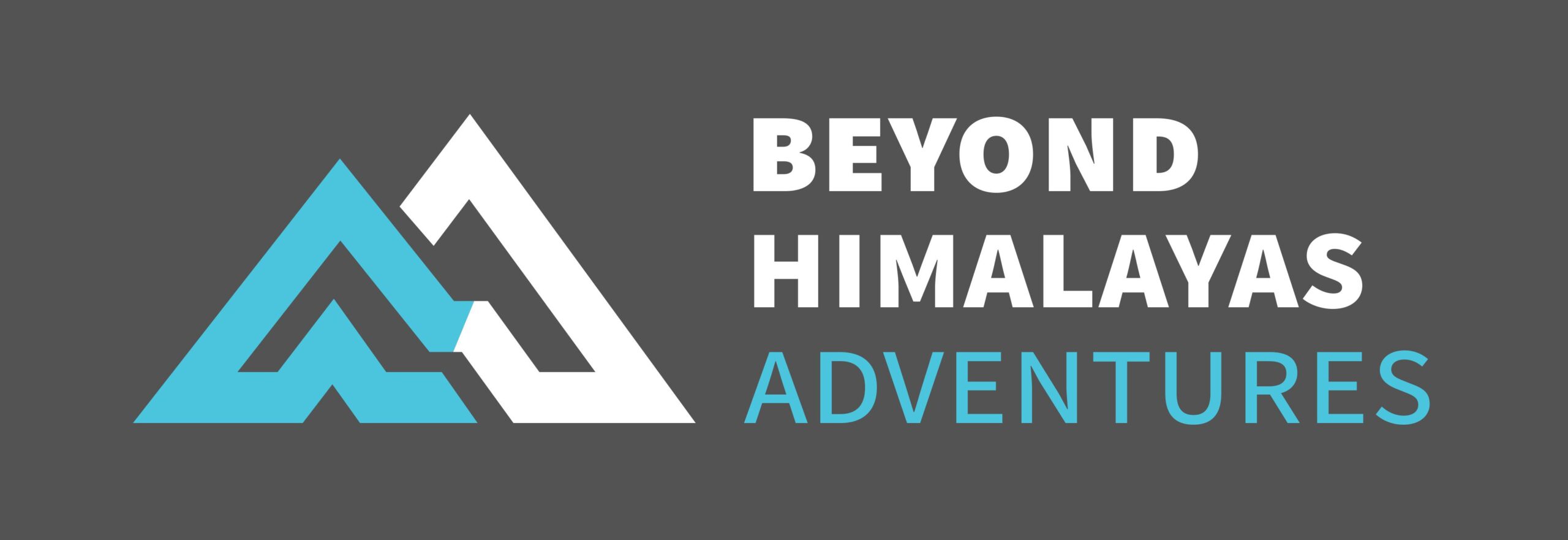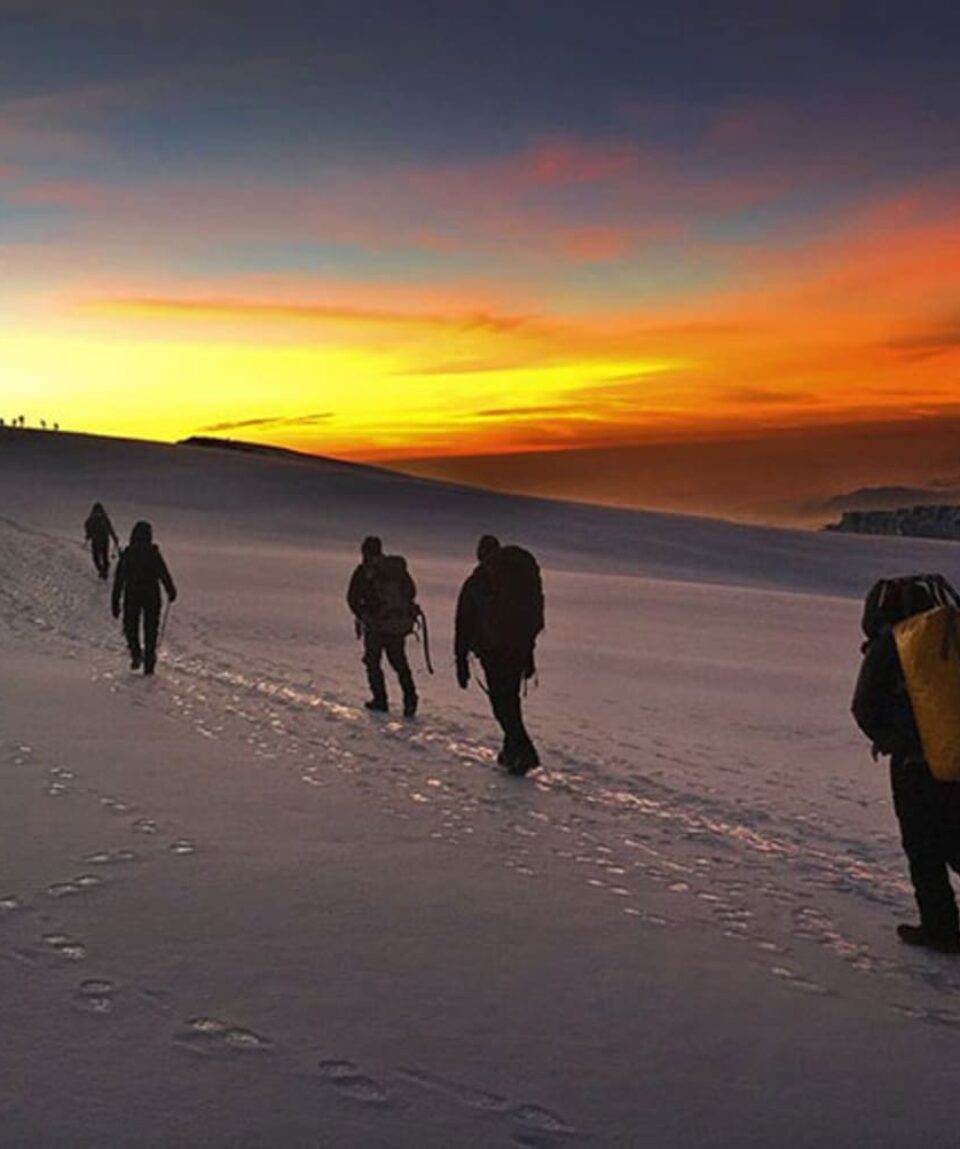Mount Kilimanjaro
fromClimb to the Roof of Africa and experience panoramic views on a mesmerizing trail and exciting journey through the numerous and diverse ecosystems of the mountain.
-
Reviews 0 Reviews0/5
-
Vacation Style Holiday Type
-
Hiking
-
Mountain
-
-
Activity Level Challenging
-
Group Size Medium Group
The highest point in Africa, Kilimanjaro, is perhaps one of the best-known mountains in the world. It is the easiest of the Seven Summits and definitely the most romantic! Climbing Kilimanjaro, Africa’s highest point, presents not only a physical challenge but an exciting journey through the numerous and diverse ecosystems of the mountain,
Mount Kilimanjaro in Africa is one of the world’s most popular climbs and the most highly visited of the Seven Summits for a good reason. This climb and mountain are absolutely classic and easily accessible to just about anyone willing to train for the experience and work hard on the climb. Kilimanjaro should be on everyone’s bucket list as should be a safari in Tanzania- combine the two and you have a once in a lifetime experience that can’t be missed
Any visit to Africa must include a safari and our 4 day/3 night Safari Tour takes in some of the world’s most unique game reserves such as the Serengeti National Park and Ngorongoro Conservation Area.
Kilimanjaro Expedition Highlights:
- Stand on the “Roof of Africa” and check this classic experience off your bucket list
- Travel, climb and enjoy a safari, all in only two weeks!
- Africa’s highest peak and one of the Seven Summits
- Also, one of the Volcanic Seven Summits, comprised of the highest volcanoes on each of the seven continents
- Watch the sunset over Ngorogoro crater
- Experience a piece of Africa
- Airport transfers and escort in Tanzania
- Hotel Accommodation as per itinerary schedule on twin sharing basis with breakfast
- All necessary permits
- All meals while on the trip and safari
- All expedition logistic
- All communal equipment (tents, ropes, cooking equipment, etc) on sharing basis
- All ground transportation as required
- All porter service as required
- International airfares
- Indonesian tourist visa charges and airport taxes
- Personal Trekking and climbing equipment
- Tanzanian visas
- Meals, transport, and lodging outside the regular itinerary.
- Any cost occurred due to flight delays and cancellation and beyond our control
- Lunch & Dinner in hotel (also in case of early return from Trekking / Expedition than the scheduled itinerary).
- Any type of personal expenses, such as alcoholic beverages and drinks, phone, and laundry.
- Rescue & travel insurance, trip cancellation costs, accident or health emergency, evacuation, loss, theft or damage to baggage, and personal effects.
- Tips & Gratuities to porters and guides
- Day 1 Depart home
- Day 2 Arrival at Kilimanjaro International Airport
- Day 3 Get Ready / Preparation
- Day 4 Drive to the Machame Gate
- Day 5 Machame Gate - Great Rift Valley
- Day 6 Great Rift Valley - Barranco Wall
- Day 7 Barranco Wall - Karanga Valley
- Day 8 Karanga Valley to Barafu Hut
- Day 9 Barafu – Kilimanjaro Summit – Mweka Camp
- Day 10 Mweka Camp – Gate (Descend) & transfer to the hotel
- Day 11 Fly back to home country
Having the right equipment on your adventure trips will make almost as much difference to your success, safety, comfort, and enjoyment as any physical training you do. It is essential that you take the time to acquire the correct gear; don’t wait for the last minute to find out your local shop doesn’t have your size. This equipment is expensive, but you can often find great sales online and at your local gear store. The purpose of this gear list is to help guide your purchases.
This list is a guide. While you are required to bring everything on this list, there are numerous options, brands, and versions of each piece of equipment, unless otherwise noted. Using our current suggested brand list we encourage you to shop around, do research, use your experience and the listed features to find the best gear for you.
During your time in the mountains, you will encounter a very wide range of temperatures and weather conditions. At one end of this range is the pleasantly warm and beautiful low land, while at the other end of the spectrum is found the cold and often windy weather of the highest peaks in the world. The equipment you bring must function well in a wide variety of conditions. Your clothing should be warm, lightweight, dry quickly, and allow good freedom of movement. The layering principle, based on several thin layers of insulation (rather than one thick one), covered with an outer weatherproof shell, meets these needs well.
A Note on Packing
For your international flights, we recommend that you pack all your equipment in your two duffle bags. Do not simply pack your backpack (since the straps can be damaged by the baggage handling machines). It is important to lock these bags for their trip. Depending on the airport, you may be able to put your travel locks on after TSA has searched the bags. If not, Lock the bags with Zip Ties. If the TSA cuts off the zip-tie to search your bag, they will replace it. You will still need the travel locks to lock your bags in the hotel and during the expedition. Generally, you will take one duffel up to Base Camp/on a trek , and leave one in the hotel in city hotel with your belongings for your time in the city. Your trek in duffel will only be accessible in the evenings (with items such as changes of clothing, sleeping bag), and your day pack will hold vitals such as water, layering, blister kit, and camera.
Important Notes:
- Don’t cut corners on the quality of gears
- Understand the function of each gear properly
- Acquire your gears well in advance
- Eliminate unnecessary luxuries
- Seasonal fluctuation will impact the requirement of gear
Tips:
- You can always rent gears if you are not willing to invest
- Check the sizes especially of boots before leaving for the mountain
- Wear summit socks while trying the boots
Climbing Equipment
- Trekking Poles
Footwear
- Hiking Socks.
- Hiking Boots.
- Gaiters
Technical Clothing
- Warm weather Clothing
- Short underwear
- Base layer Bottom
- Heavy base layer bottom
- Synthetic Tshirts
- Long Sleeve sun shirt
- Trekking Pants
- Soft-shell Pants
- Hardshell Pants
- Softshell jacket
- Midlayer Jacket
- Hardshell Jacket
- light weight Insulated Synthetic jacket
- Insulated Synthetic pants
- Insulated down parka
Handwear
- Lightweight liner gloves
- Softshell gloves
- Insulated mittens
Headwear
- Buff
- Sun hat
- Wool /synthetic sky hat
- Sunglass
- Headlamp
Personal Equipment
- Small Pack 30-40 lts
- 0 degree F synthetic sleeping bag
- Sleeping Pad
- Umbrella/Rain pancho
- Pee Bottle
- Hydration Reservoir
- Pee funnel for women
- Water bottle
- Trash compactor bag
- Camera
- Water Purifications
- Toiletry bag for storing toilet paper
- Sunscreen
- Lip screen
- Small personal first aid kits
- Medications and prescriptions
- Insect Repellent
- Earplugs
- Hand and toe warmer
- Hand sanitizer
- Face mask
- Running Shoes
- Safari and lodge clothing
Traveling
- Travel Clothes
- small duffle bag
The best time to climb Kilimanjaro are the months of January through early-March and June through October. The clear skies, great views, and the sunshine makes it the best comfortable hiking conditions. However, there is always the possibility of weather changing dramatically, regardless of the season.
Climbing a mountain 5,895 m (19,341 ft.) high is definitely a dangerous thing to do. An estimated 50,000 people climb Kilimanjaro every year from which around 1,000 people are evacuated from the mountain and approximately 10 fatalities are reported. It means that the chance of death on the mountain is only 0.0002% which is practically zero. In other words, there is just one death per 5,000 climbers and the main cause of death is altitude sickness.
Climbing Kilimanjaro most days are not very hard because the trails are not steep it’s mostly dealing with the altitude, however, the summit night is extremely difficult as this is the coldest, windiest section of your adventure. An ascent of 4,084ft with 49% less oxygen and descent of nearly 6,870ft.

